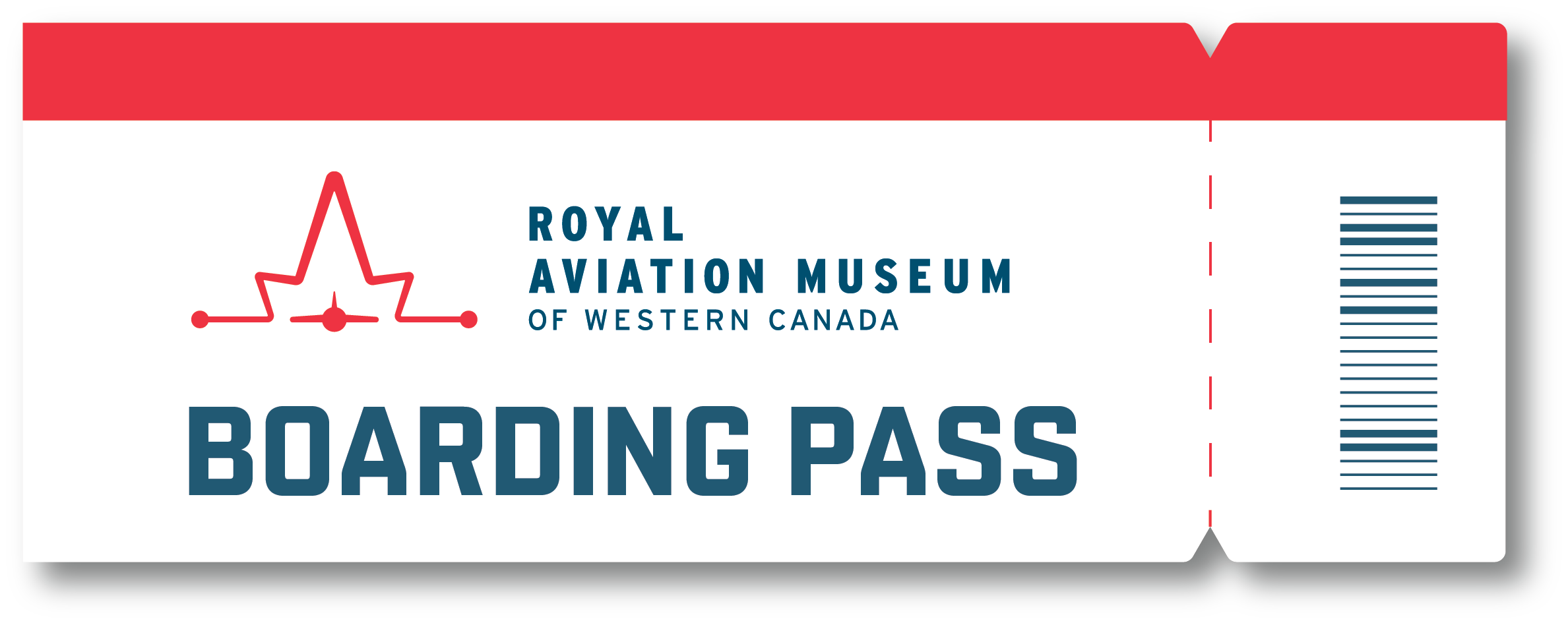The Yale was part of a long series of successful training aircraft produced by North American Aviation, including the more famous Harvard. Unlike the Harvard, the Yale featured fixed landing gear and a less powerful engine, making it cheaper to manufacture and easier for novice pilots to fly. The Yale’s name came from the British tradition of naming training aircraft after Universities or teaching staff. Other examples of this naming scheme include the North American Harvard, Airspeed Oxford, Fairchild Cornell, Miles Mentor, Miles Martinet, and Percival Proctor.
The first batch of 230 Yales were produced for the French Air Force and Navy as the NAA-63 P2. However, in June 1940 France fell to Nazi Germany before the entire order could be delivered. Those aircraft already in France were used by the German Luftwaffe and the French collaborationist Vichy government, while the remaining 119 Yales were bought up by the British Purchasing Commission and sent to Canada for use in the British Commonwealth Air Training Plan (BCATP). Interestingly, the aircraft manufactured for the French featured throttles that increased engine power when pulled rearward – the opposite of the typical British and North American arrangement. This quirk led to several accidents before finally being corrected.
Initially, the Yale served as an intermediate trainer as part of a three-step flight training process. Pilots learning to fly single-engine aircraft like fighters would start out flying the de Havilland Tiger Moth biplane, then progress to the Yale and the Harvard. However, it was soon realized that the middle step was redundant and that pilots could easily transition from the Tiger Moth directly to the Harvard. The Yale was thus eliminated as an intermediate trainer and relegated to training wireless operators.
After the war, the RCAF’s Yales were declared obsolete and sold for scrap. In 1946, 39 Yales – along with seven Fairey Swordfish torpedo bombers, a Westland Lysander communications aircraft, and dozens of aircraft engines – were purchased by farmer Ernie Simmons of Tillsonburg, Ontario. Reclusive and highly suspicious, Simmons shot at and wounded several people who trespassed onto his property over the years. In December 1969, he was shot seven times and left for dead by a group of thieves, who cut his phone line before they left. Incredibly, Simmons managed to splice the phone line and call for help. As he lived alone and there was no one at the farm to guard his aircraft collection, he checked himself out of the hospital after only a few days and returned home. In January 1970, Ernie Simmons was found dead of pneumonia, and his collection was subsequently auctioned off. Most of the world’s 25 surviving Yales are from Simmons’s collection, including RCAF 3430, the aircraft on display at the Royal Aviation Museum of Western Canada.

